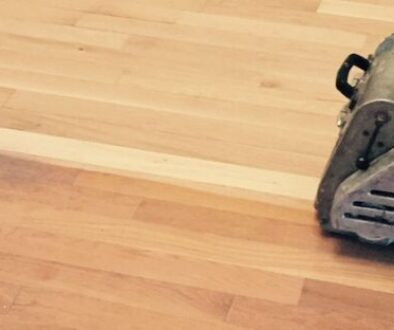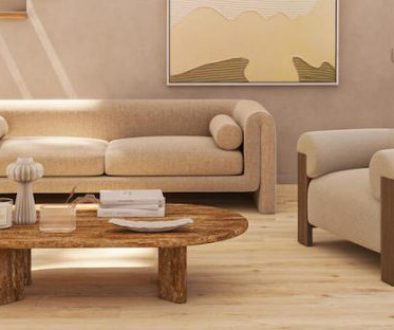Wood Floors in Hot Climates
Choosing the best wood floors for humid conditions involves selecting types that are more stable and resistant to moisture changes. Here are some recommendations:
-
Engineered Wood Flooring:
- Stability: Engineered wood is made of multiple layers of wood veneer, making it more stable and less prone to expanding and contracting with humidity changes.
- Appearance: It looks like solid wood but is better suited for humid environments.
-
Bamboo Flooring:
- Durability: Bamboo is technically a grass, but it’s extremely hard and durable.
- Moisture Resistance: It’s more resistant to moisture than many types of hardwood, making it a good choice for humid conditions.
-
Teak Flooring:
- Natural Oils: Teak has natural oils that make it highly resistant to moisture and pests.
- Durability: It’s very durable and can withstand high humidity without warping.
-
Cypress Flooring:
- Natural Resistance: Cypress contains natural oils that provide resistance to moisture and insects.
- Aesthetic: It has a unique grain and color, adding a distinct look to your home.
-
Mahogany Flooring:
- Stability: Mahogany is dense and stable, making it less susceptible to changes in humidity.
- Appearance: It offers a rich, warm look with excellent durability.
Additional Tips for Humid Conditions:
- Acclimation: Allow your wood flooring to acclimate to your home’s humidity levels before installation. This can help prevent future warping or gaps.
- Installation: Use proper installation methods, such as leaving expansion gaps around the perimeter of the room to allow for wood movement.
- Humidity Control: Maintain indoor humidity levels between 30% and 50% using dehumidifiers or air conditioning to protect your wood floors.



